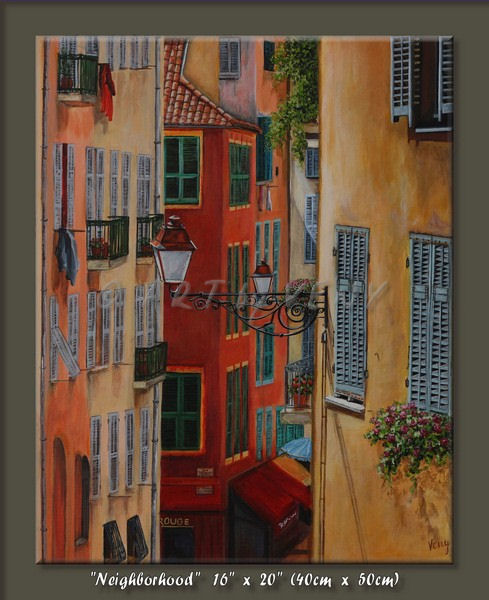The northern lights or Aurora Borealis are absolute nature phenomenon. They have inspired painters from Canada and Alaska as well as the rest of the world throughout the centuries. Genre on its own, painting the Northern Lights is as popular as landscape, cityscape, abstract and marine art. The Aurora Borealis is a favorite for both orthodox artists and those that gravitate around the Modernism. Folks that take a pleasure in extended vacations can enroll in art class and find out how to paint the Aurora first hand.
Paul Gauthier is an exceptionally gifted artist. He is not only a master painter, but a photographer among the other things. Gauthier’s admiration for the arts can be compared to his dedication to preserve the wonderful Canadian nature. Paul Gauthier’s Northern Lights was painted in 2003, and it is extremely breathless depiction of the magnificent night’s sky. The panorama provides a view of colossal mountains straight ahead that are reflected in a lake’s cold water. The Aurora reflects in the lake water too. Gauthier is long-established artist. Good portion of his artworks are purchased by big corporations as Texaco, Bank of Montreal, the Canadian branches of IBM and GE, Meryl Lynch, Sears, and others. In 1991, Paul Gauthier’s artistic and cultural contribution to the community was well recognized and in 1991 he received an award for his consistent contributions.
Larry Wowk is another big name among the Canadian painters that knew how to admire and recreate the Northern Lights. Sadly, Wowk died in 2009, but his paintings bring forth a passionate legacy about capturing the Aurora lights on canvas. Wowk was a master artisan of oil on canvas paintings. To depict the Aurora Borealis, he employed an airbrush.
Some artists elect a Modernist approach when creating the Borealis. Scott Adami is a US painter who does his magic with acrylics. His painting Aurora Borealis is acrylics on canvas. Adami’s approach is to combine bold colors with awe-inspiring brushwork. Despite all this is unusual abstract art where the audience can almost see how the Northern Lights move in the night’s sky changing their shape. Scott is the author of many incredible artworks with vivid colors and style that can hardly be mistaken.
Another breathtaking resemblance of the Northern Lights is that of Rani Priya Mullane. The artisan has precisely captured the effect of the Northern Lights in the painting Cold Aurora Lights. The landscape art is created from a frozen solid lake and a fantastic imaginary forest.
Creating the Northern Lights with acrylics on canvas requires a lot of advanced skills and painting techniques. First of all, knowing how to adequately recreate a landscape is a must. A second ability is to know how to balance the lights themselves. Some artists elect to use an airbrush in commission to achieve a more lifelike effect. Painters who devote sometime in the north cannot resist the eager of depicting the Lights. Every artist sees these lights through his own unique prism. However, thanks to every artist’s authentic talent, people can acquire a painting and appreciate the astonishing display for themselves.
Definitely, rookie artist can check his or her skill by trying to paint the Northern Lights. This can be accomplished with oil or acrylics paints, after all they have the most pigment. Canvas or silk is excellent surface for such paintings.
All contents © copyright 2010 ARTbyVENY.com
I invest substantial amount of time to find and research interesting and relevant topics for my blog page.
If you like to support my research efforts donate now to keep this blog going.



